Home>Furniture & Design>Living Room Furniture>How To Protect A Wooden Dining Table
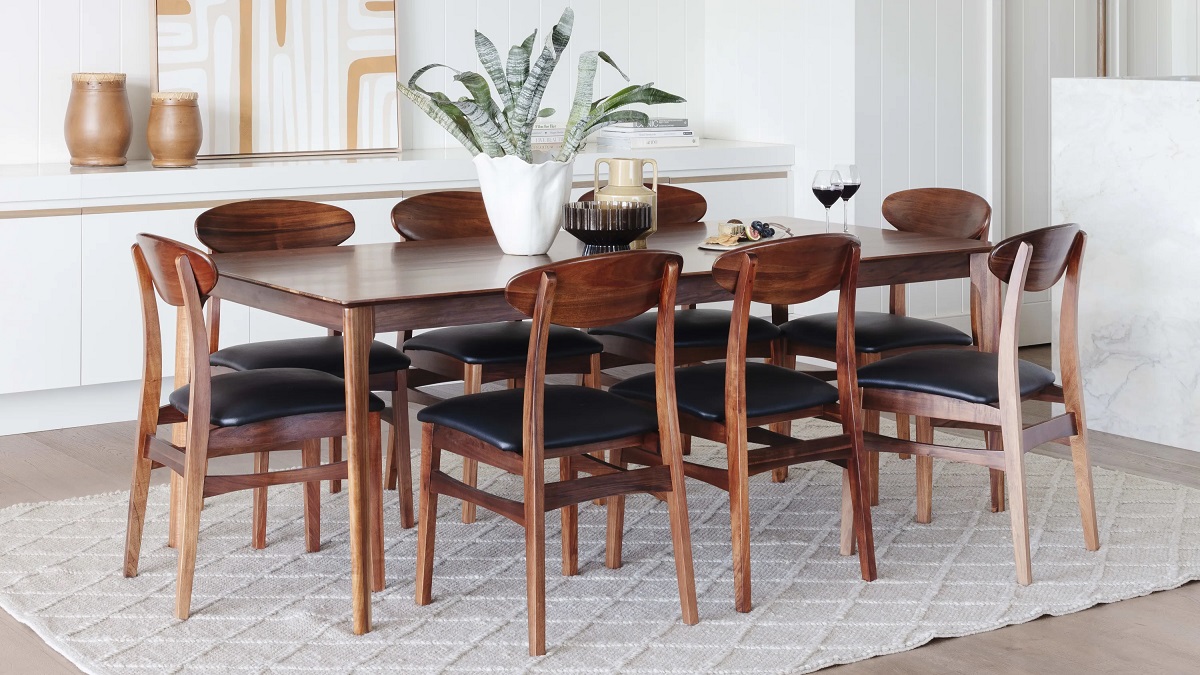

Living Room Furniture
How To Protect A Wooden Dining Table
Modified: February 17, 2024
Learn how to properly protect your wooden dining table from damage and wear. Get expert tips on maintaining your living room furniture for long-lasting beauty and design.
(Many of the links in this article redirect to a specific reviewed product. Your purchase of these products through affiliate links helps to generate commission for Storables.com, at no extra cost. Learn more)
Introduction
When it comes to creating a warm and inviting atmosphere in your dining room, a wooden dining table is a timeless and elegant choice. The natural beauty and durability of wood make it a popular option for families and individuals alike. However, as with any fine piece of furniture, it's essential to take proper care of your wooden dining table to ensure its longevity and preserve its stunning appearance for years to come.
In this comprehensive guide, we'll explore the best practices for protecting your wooden dining table from everyday wear and tear. From preventing water stains to safeguarding against scratches and fading, we'll cover everything you need to know to maintain the beauty and integrity of your cherished dining table. So, let's dive in and discover the essential steps to safeguarding your wooden dining table and keeping it looking its best for generations to come.
Key Takeaways:
- Protect your wooden dining table by using coasters and placemats to prevent water rings and heat damage, and clean spills immediately to avoid stains and warping.
- Preserve the beauty of your table by dusting regularly, applying a protective finish, avoiding direct sunlight and extreme temperatures, and using tablecloths for added protection and style.
Read more: How To Protect Your Dining Table
Step 1: Use Coasters and Placemats
One of the simplest yet most effective ways to protect your wooden dining table is by using coasters and placemats. These humble accessories act as a barrier between your table's surface and hot dishes, cold drinks, and potentially staining substances, such as wine or acidic liquids. By placing coasters under glasses and cups and using placemats for plates and serving dishes, you can prevent moisture and heat from directly contacting the wood, reducing the risk of unsightly water rings and heat damage.
When selecting coasters and placemats, opt for materials that are moisture-resistant and easy to clean. Cork, bamboo, and silicone are excellent choices for coasters, as they provide a soft and non-abrasive surface while effectively absorbing moisture. Similarly, consider using placemats made from vinyl, woven bamboo, or coated fabric, as these materials offer a protective barrier against spills and scratches.
Furthermore, encourage family members and guests to develop the habit of using coasters and placemats consistently. By instilling this simple practice, you can significantly reduce the likelihood of accidental damage to your wooden dining table while adding a touch of style to your table setting.
Remember, prevention is key when it comes to maintaining the pristine condition of your wooden dining table, and using coasters and placemats is a proactive and effortless way to safeguard its surface from the rigors of daily use.
Step 2: Clean Spills Immediately
Accidents happen, especially during lively gatherings and family meals. However, when it comes to safeguarding your wooden dining table, prompt action is crucial when spills occur. Whether it’s a splash of red wine, a dribble of gravy, or a drop of salad dressing, addressing spills immediately can prevent them from seeping into the wood and causing stains or warping.
As soon as a spill occurs, grab a clean, absorbent cloth and gently blot the affected area to remove as much liquid as possible. Avoid rubbing the spill, as this can spread the liquid and potentially damage the wood’s finish. Once you’ve blotted the spill, use a slightly dampened cloth to gently clean the area, following the direction of the wood grain.
If the spill has left a stubborn mark or residue, you can use a mild wood cleaner specifically formulated for your table’s finish. Apply the cleaner sparingly to a soft cloth and gently work it into the affected area, then wipe away any excess moisture with a dry cloth. Always refer to the manufacturer’s recommendations for cleaning products and methods to ensure the best care for your table’s specific finish.
It’s important to note that while water-based spills are a common concern, other substances, such as oils and acidic liquids, can also pose a threat to your table’s surface. Be vigilant in addressing spills promptly, regardless of the liquid involved, to minimize the risk of lasting damage to your wooden dining table.
By making a habit of addressing spills immediately and using appropriate cleaning techniques, you can effectively protect your table from unsightly stains and maintain its pristine appearance for years to come.
Step 3: Dust Regularly
Regular dusting is a fundamental aspect of caring for your wooden dining table. Dust and airborne particles can accumulate on the table’s surface, diminishing its luster and potentially causing tiny scratches over time. By incorporating a simple dusting routine into your cleaning regimen, you can preserve the natural beauty of the wood and prevent the buildup of debris that may compromise its finish.
To effectively remove dust, use a soft, lint-free cloth or a microfiber duster, as these tools are gentle on the wood and adept at capturing fine particles. Begin by lightly dusting the entire surface of the table, paying attention to any intricate details or carved areas. It’s important to dust along the wood grain to prevent particles from settling into the crevices.
For areas that require more thorough cleaning, slightly dampen the cloth with water or a specialized wood polish designed for dusting. Avoid using excessive moisture, as this can damage the wood. Additionally, refrain from using harsh or abrasive cleaning materials, as they can scratch the table’s finish and diminish its appeal.
Aside from the tabletop, remember to dust the table’s legs, apron, and any additional features to maintain a consistent and polished appearance throughout. By establishing a regular dusting routine, you can keep your wooden dining table looking radiant and inviting, enhancing the overall ambiance of your dining space.
Ultimately, by investing a few moments in regular dusting, you can extend the lifespan of your table and showcase its natural allure, ensuring that it remains a focal point of warmth and elegance in your home for years to come.
To protect a wooden dining table, use coasters for drinks, placemats for hot dishes, and a tablecloth for added protection. Regularly clean and polish the table to maintain its finish and prevent damage.
Step 4: Apply a Protective Finish
Applying a protective finish is a proactive measure that can safeguard your wooden dining table from a range of potential hazards, including moisture, scratches, and general wear. A high-quality finish not only enhances the table’s visual appeal but also forms a durable shield that shields the wood from everyday use and environmental factors.
Prior to applying a protective finish, it’s essential to thoroughly clean the table to remove any dust, grime, or residue that may hinder the finish’s adhesion. Once the table is clean and dry, consider the type of finish that best suits your table’s wood and your desired aesthetic. Common options include polyurethane, varnish, lacquer, and penetrating oils, each offering distinct levels of protection and sheen.
When applying the finish, ensure that the room is well-ventilated, and carefully follow the manufacturer’s instructions for optimal results. Use a high-quality brush or applicator to achieve an even and smooth application, and work in the direction of the wood grain to maintain a seamless finish.
After the initial application, allow the finish to dry completely before lightly sanding the surface with fine-grit sandpaper. This step helps to smooth any imperfections and prepare the surface for subsequent coats. Depending on the specific finish, multiple coats may be necessary to achieve the desired level of protection and sheen.
Once the finish has fully cured, your wooden dining table will boast an added layer of defense against spills, scratches, and other potential damage. Regularly inspect the table’s finish for signs of wear and reapply the protective finish as needed to maintain its resilience and visual appeal.
By applying a protective finish to your wooden dining table, you can fortify its surface and enhance its natural beauty, ensuring that it remains a cherished centerpiece in your home for years to come.
Read more: How To Protect An Acacia Wood Dining Table
Step 5: Avoid Direct Sunlight and Extreme Temperatures
Protecting your wooden dining table from the damaging effects of direct sunlight and extreme temperatures is essential for preserving its beauty and structural integrity. Prolonged exposure to sunlight can lead to discoloration, fading, and even warping of the wood, while extreme temperatures and fluctuations in humidity can cause the wood to expand, contract, or develop cracks.
To shield your table from direct sunlight, consider repositioning it away from windows or using curtains, blinds, or UV-filtering window film to reduce the impact of harsh sunlight. Additionally, rotating decorative items and table settings regularly can help distribute any potential fading or discoloration more evenly across the table’s surface.
When it comes to temperature and humidity, maintaining a stable indoor environment is crucial for the well-being of your wooden dining table. Avoid placing the table near heat sources such as radiators, fireplaces, or vents, as these can subject the wood to rapid temperature changes. Similarly, be mindful of excessive humidity or dryness, as these conditions can affect the wood’s moisture content and lead to warping or cracking.
Using a humidifier or dehumidifier to regulate indoor humidity levels can help mitigate the adverse effects of fluctuating moisture on your table. Additionally, employing protective pads or coasters under hot dishes and serving items can prevent heat damage and moisture buildup, further safeguarding the table from environmental stressors.
By taking proactive measures to shield your wooden dining table from direct sunlight and extreme temperatures, you can uphold its timeless allure and structural integrity, ensuring that it remains a cherished centerpiece in your home for years to come.
Step 6: Use Tablecloths for Added Protection
Employing tablecloths is an effective and versatile strategy for safeguarding your wooden dining table while adding a touch of style to your dining space. Tablecloths provide a protective barrier against spills, scratches, and heat while allowing you to showcase your personal aesthetic and enhance the ambiance of your dining area.
When selecting a tablecloth, consider the material and its compatibility with your table’s finish. Opt for tablecloths made from durable, easy-to-clean fabrics such as cotton, linen, or polyester. These materials offer a balance of elegance and functionality, providing a soft layer of defense against everyday wear and tear.
In addition to shielding the table’s surface, tablecloths can be used to set the tone for different occasions and seasons. Whether you prefer a crisp white tablecloth for formal gatherings, a vibrant pattern for festive celebrations, or a simple, understated design for everyday use, the versatility of tablecloths allows you to effortlessly customize your dining table to suit any setting.
Furthermore, table runners and placemats can complement the tablecloth, adding an extra layer of protection for the areas where dishes and serving items are placed. This not only enhances the visual appeal of your table setting but also reinforces its defense against spills and scratches.
By incorporating tablecloths into your dining decor, you can elevate the elegance of your wooden dining table while fortifying its surface against potential damage. Whether for practical protection or aesthetic enhancement, tablecloths are a versatile and valuable asset in preserving the timeless allure of your cherished dining table.
Conclusion
Caring for your wooden dining table is an investment in both its longevity and the ambiance of your home. By implementing the essential steps outlined in this guide, you can ensure that your table remains a stunning centerpiece in your dining room for years to come.
From using coasters and placemats to prevent water rings and heat damage to applying a protective finish for enhanced resilience, each measure plays a crucial role in safeguarding the natural beauty and integrity of your table. Additionally, maintaining a regular cleaning and dusting routine, as well as protecting the table from environmental stressors, such as direct sunlight and extreme temperatures, are vital practices in preserving its timeless allure.
Furthermore, the versatile use of tablecloths not only adds an element of style to your dining space but also provides an additional layer of protection, ensuring that your table remains in pristine condition for every occasion.
By incorporating these protective measures into your table care routine, you can enjoy the elegance and warmth of your wooden dining table for generations, creating lasting memories and fostering a welcoming environment for family and guests alike.
Remember, the beauty of a well-maintained wooden dining table is not only a reflection of its timeless appeal but also a testament to the care and attention you invest in your home. Embrace these practices, and your dining table will continue to enrich your home with its natural charm and enduring presence.
Frequently Asked Questions about How To Protect A Wooden Dining Table
Was this page helpful?
At Storables.com, we guarantee accurate and reliable information. Our content, validated by Expert Board Contributors, is crafted following stringent Editorial Policies. We're committed to providing you with well-researched, expert-backed insights for all your informational needs.
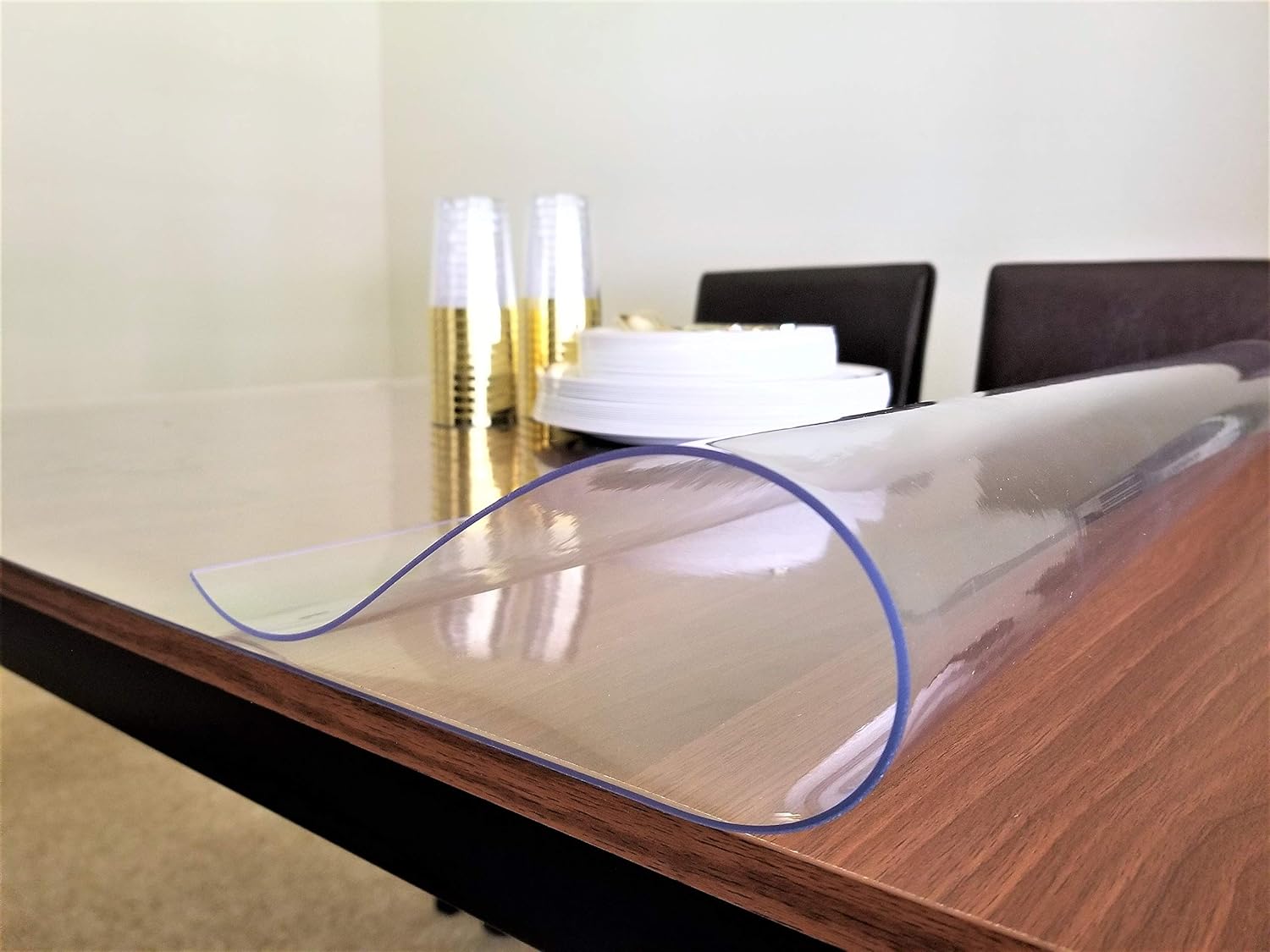
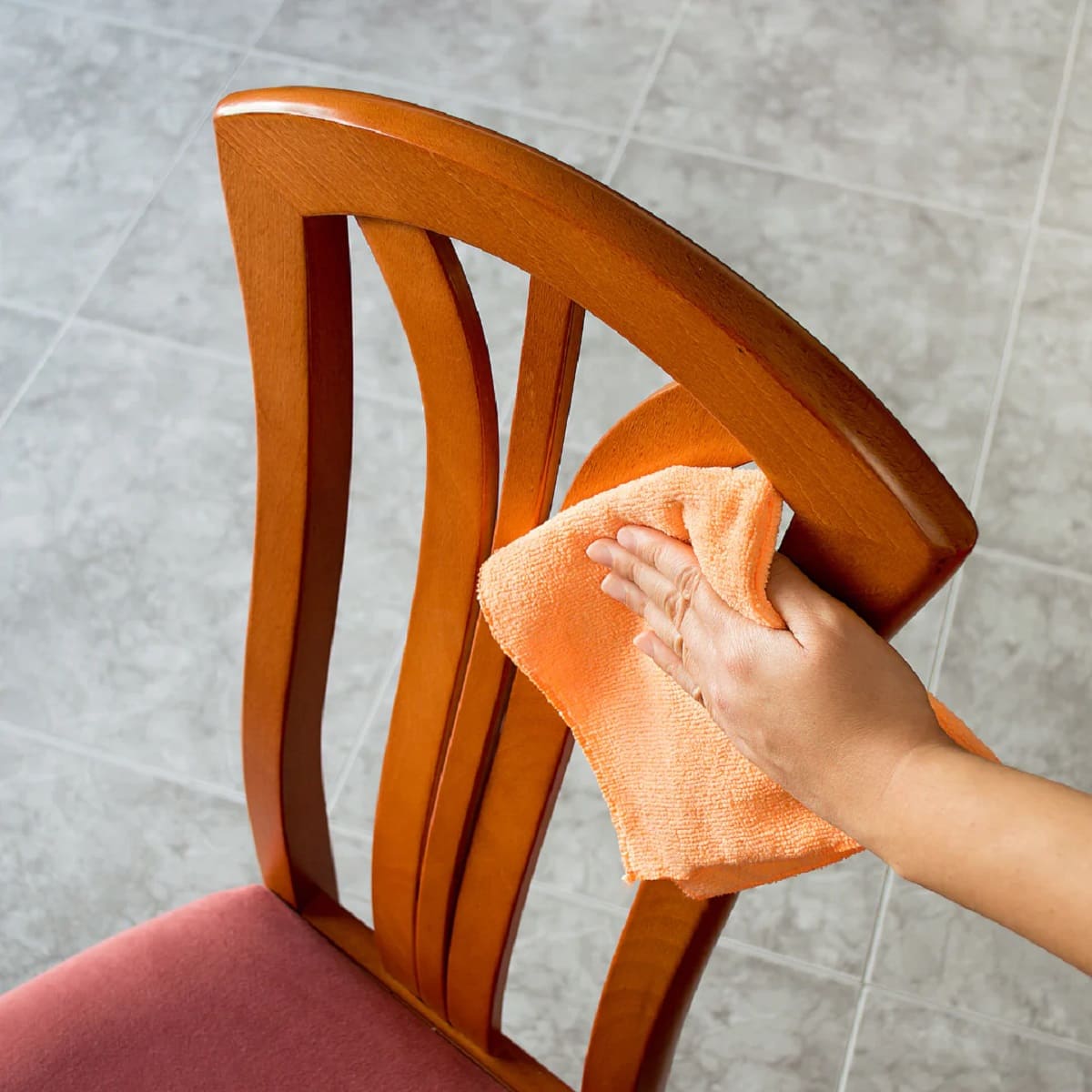
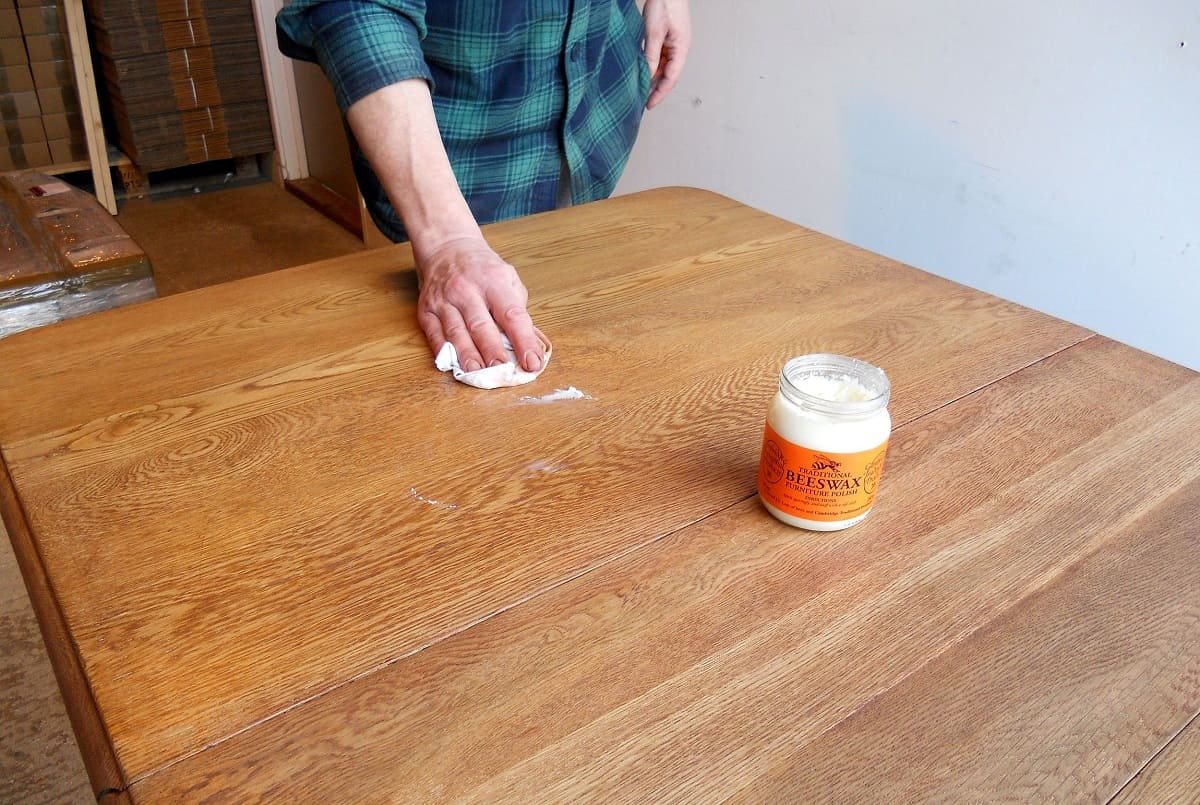
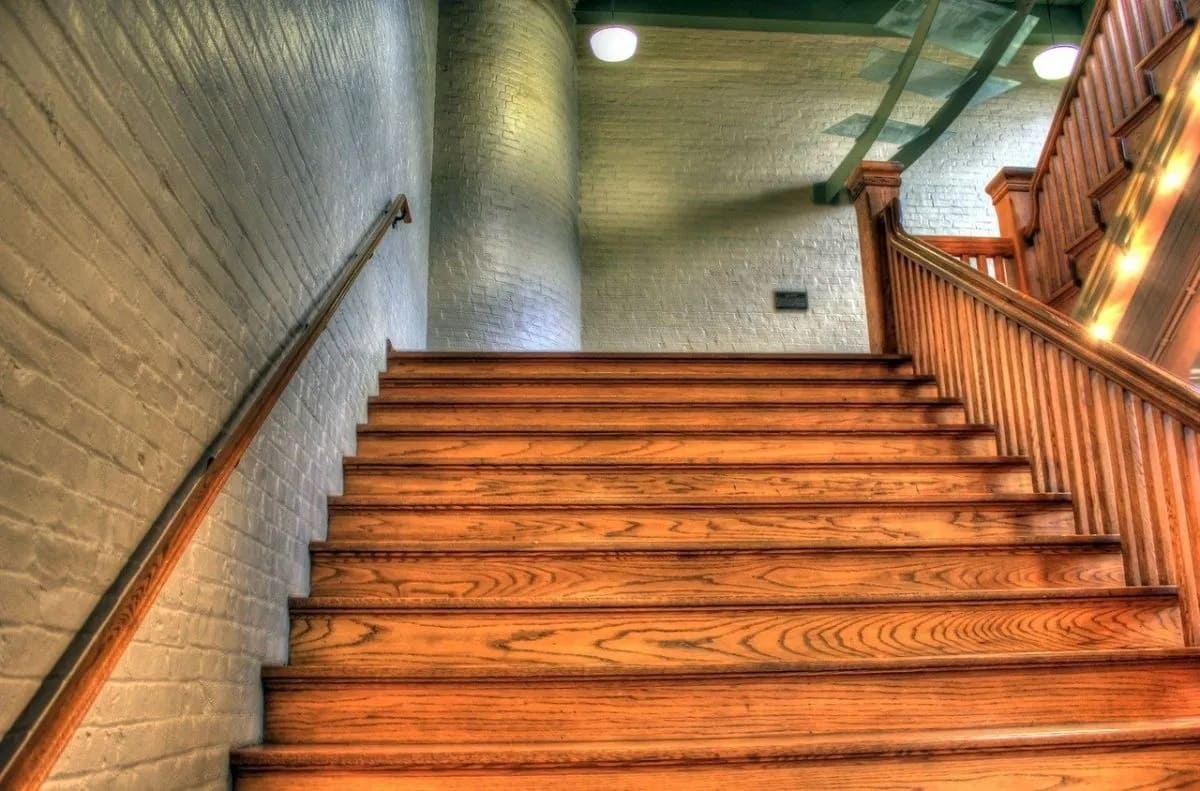
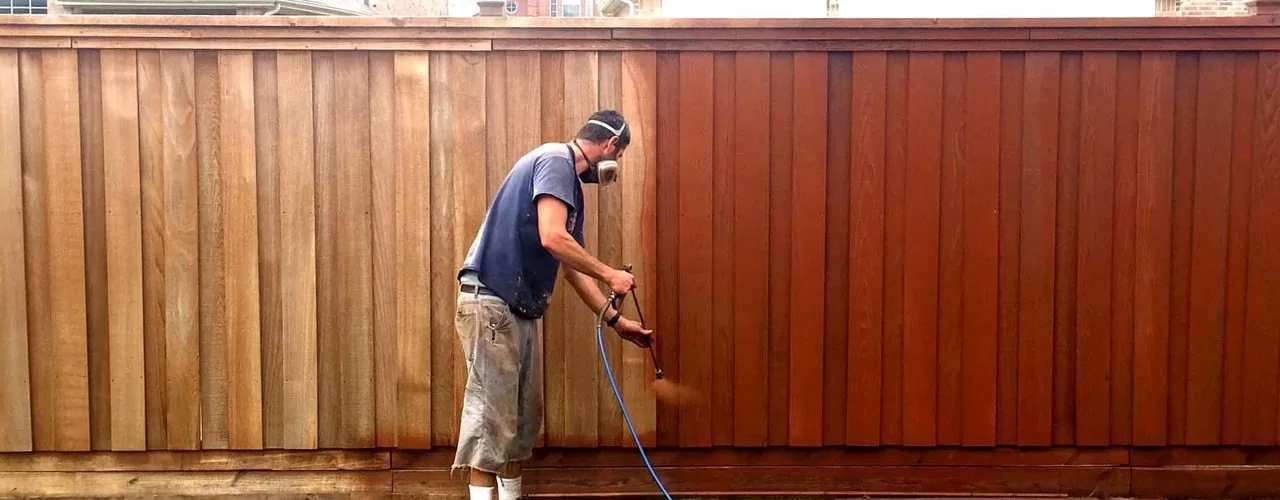
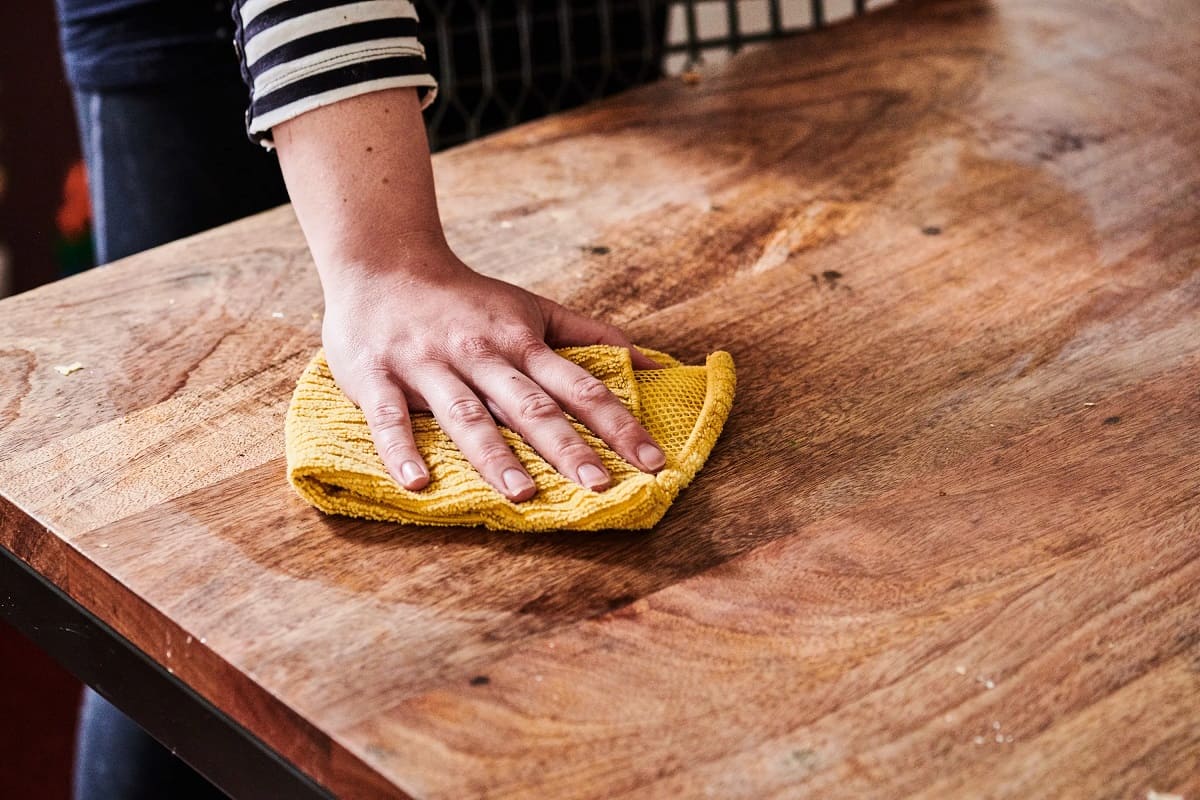
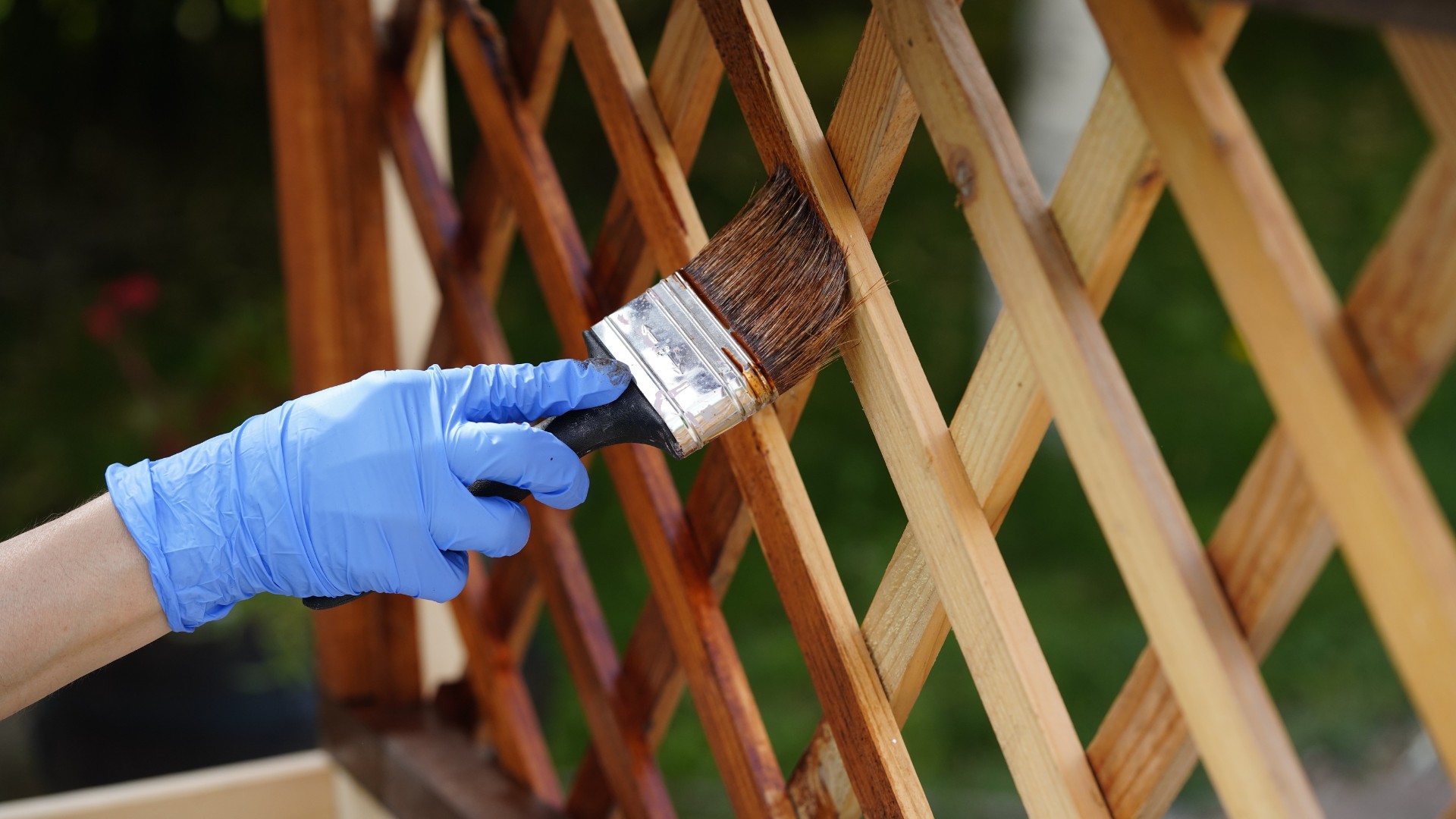
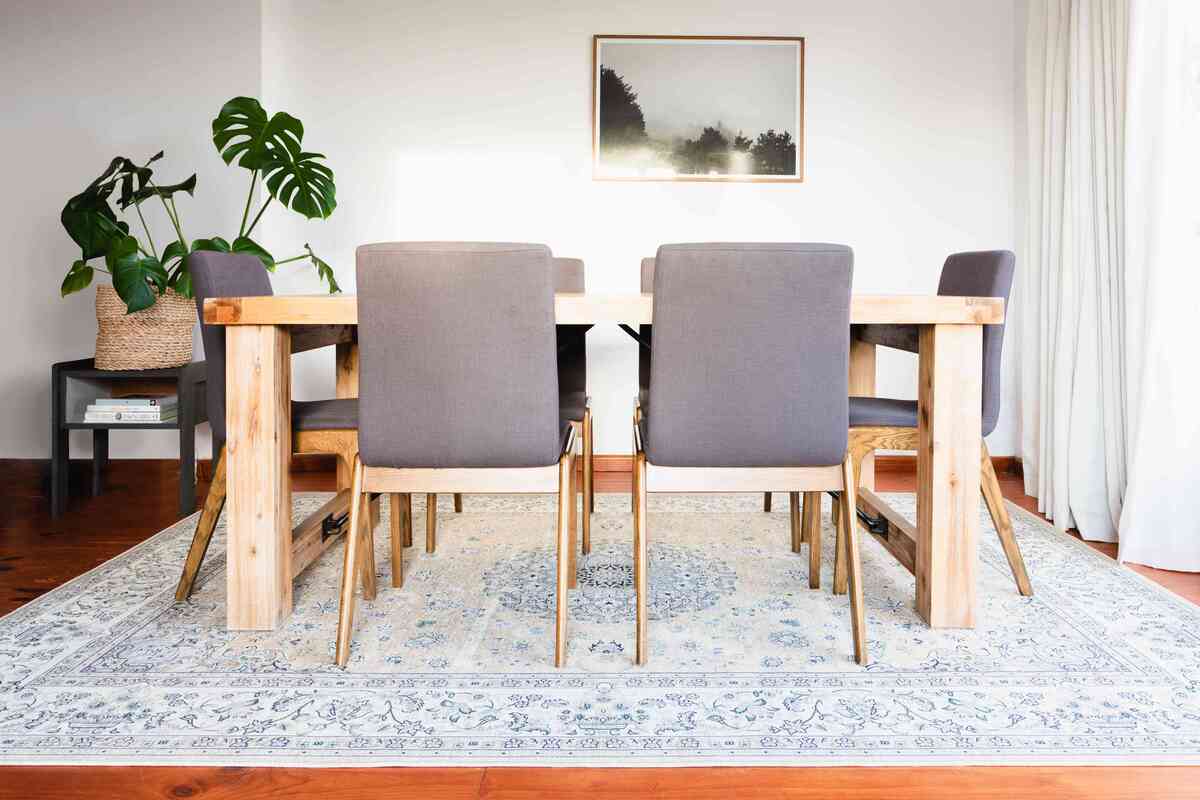
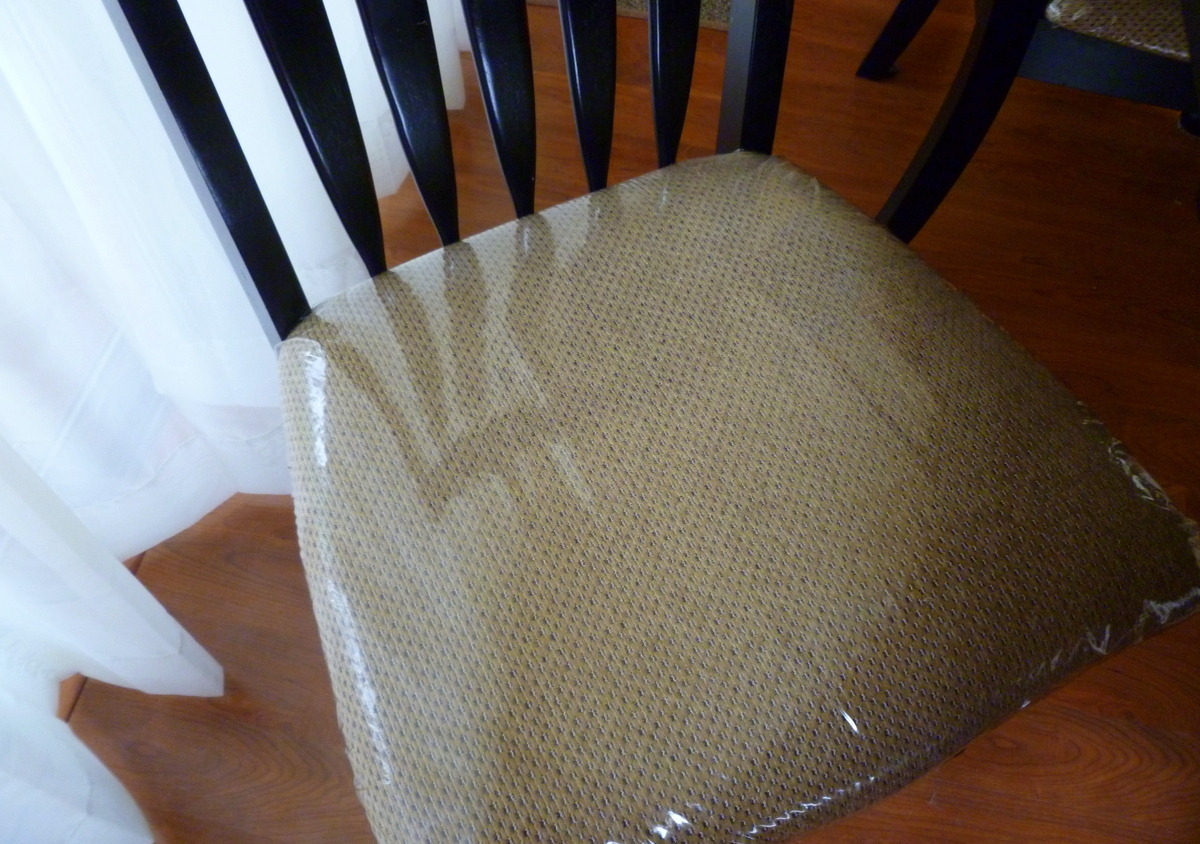
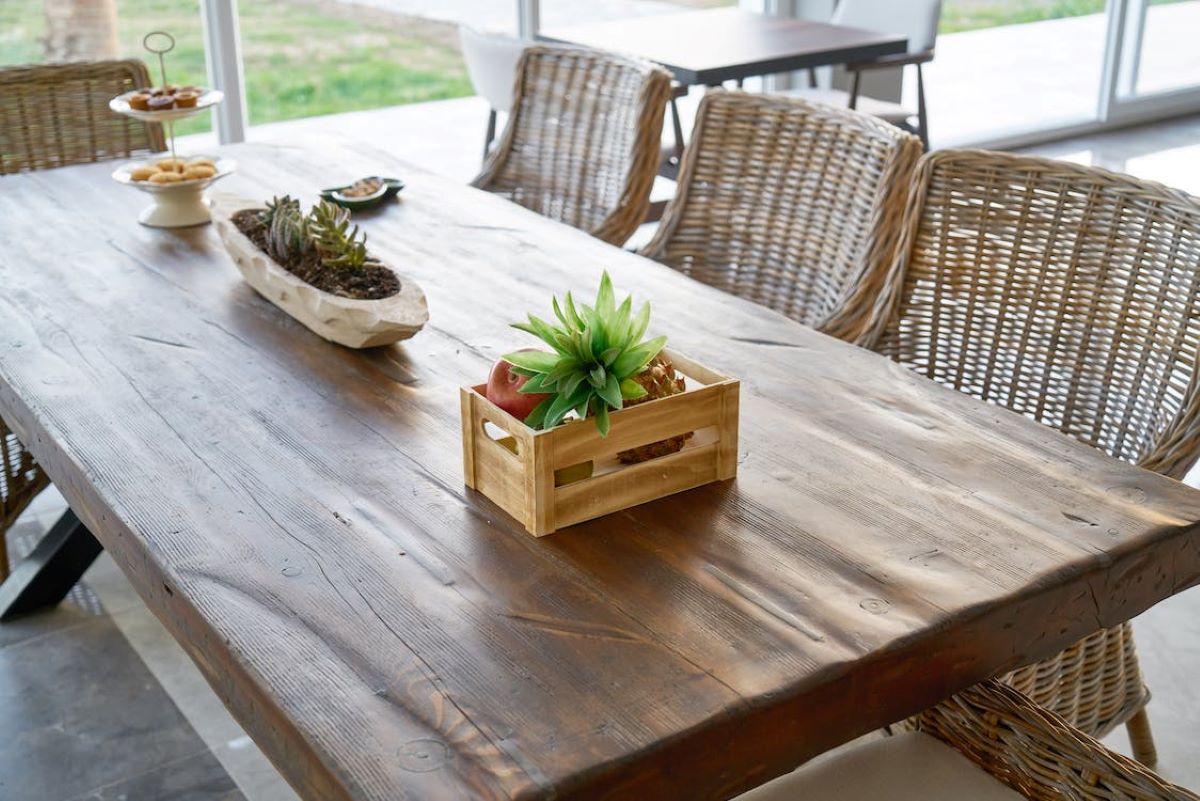
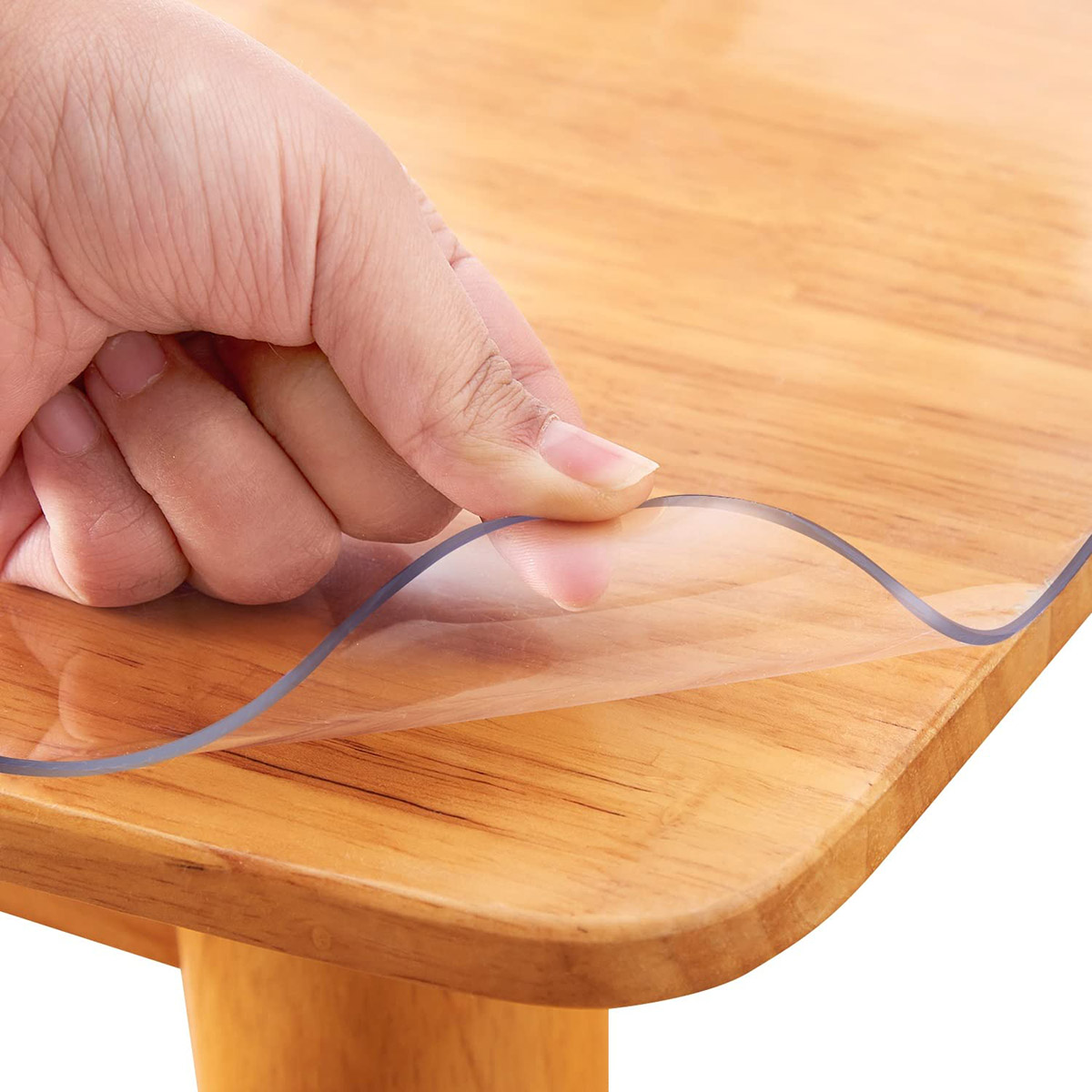
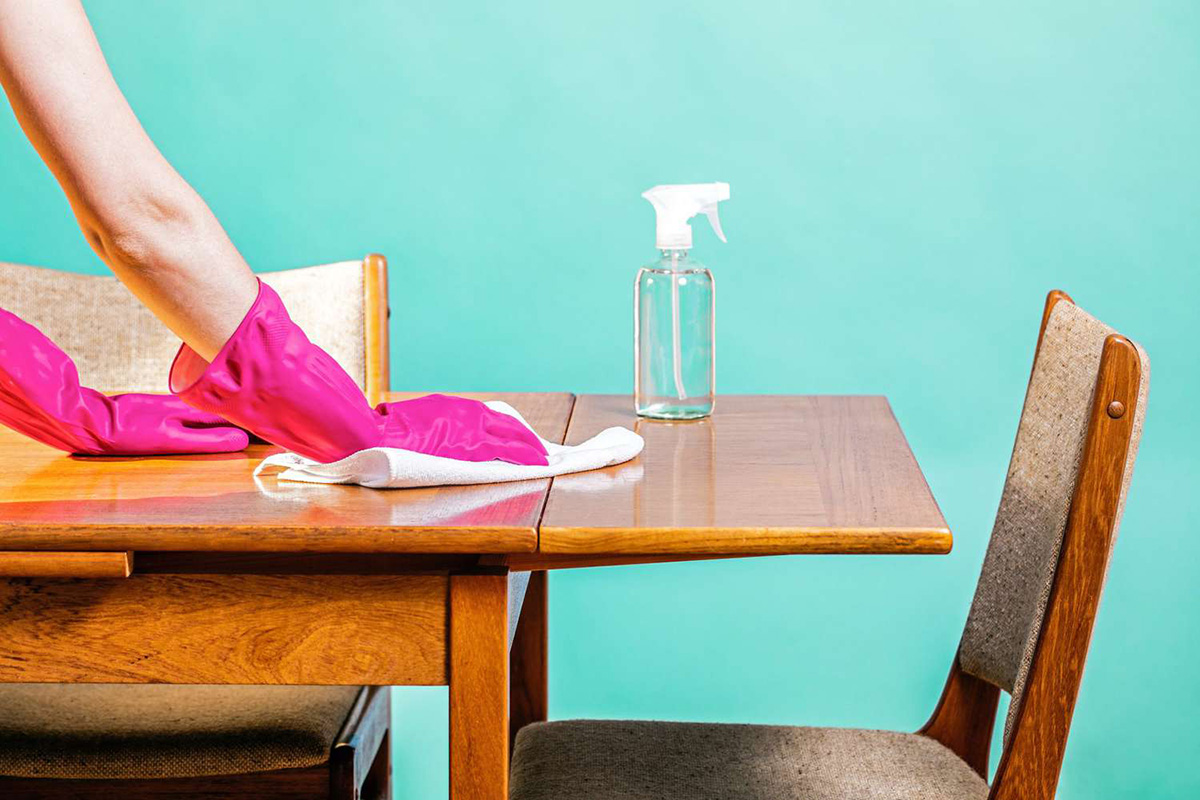
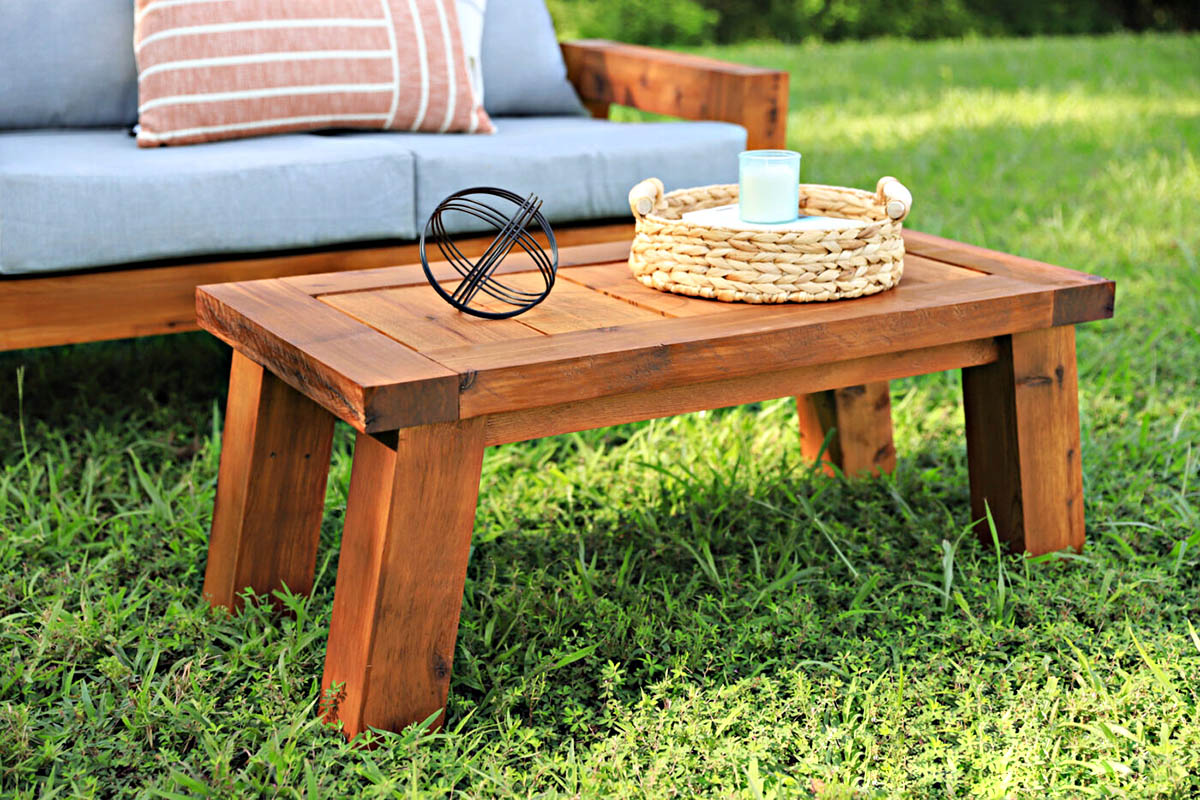
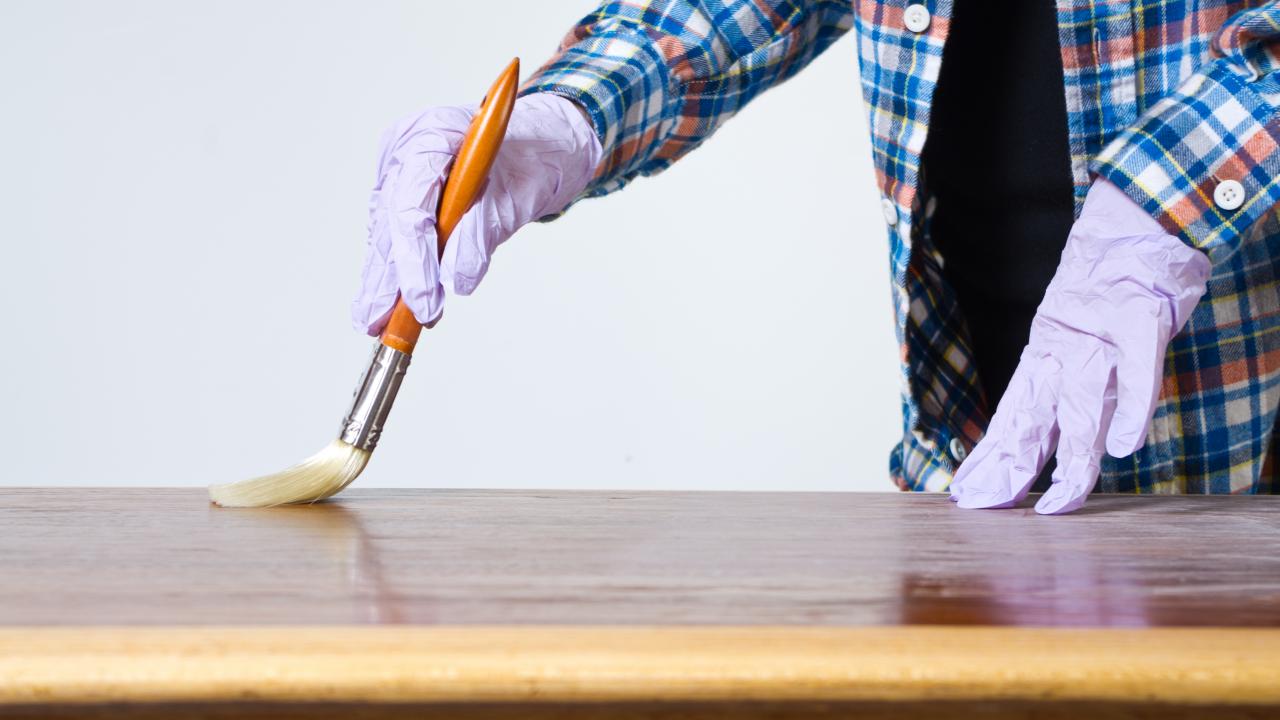

0 thoughts on “How To Protect A Wooden Dining Table”